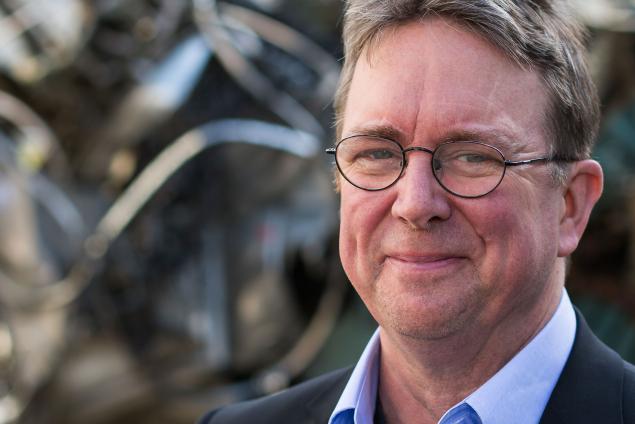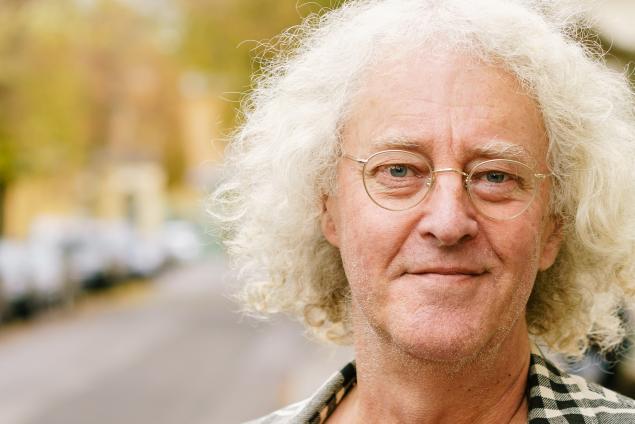Scroll to Section:
Once a plant has germinated in a particular location, it cannot change it anymore. This means its growth depends on its location with its particular context, such as soil, herbivores, or sunlight levels. Therefore plants have evolved sophisticated signal transduction systems that allow them to perceive the outside world and then modify their growth, morphology and chemicals production and develop different phenotypes. IAN BALDWIN and his research team investigate how exactly this process happens. As Baldwin describes in this video, the recently published genome of Nicotiana attenuata allows the researchers to examine the possibility that not only protein-coding genes but also non-coding RNA is involved in the regulatory process in the genome. Using RNAi to silence protein-coding genes, they take these engineered plants into the field and observe the differences. Their findings confirm the hypothesis that the small RNA machinery causes the change in phenotype.
DOI:
https://doi.org/10.21036/LTPUB10582
Institution

Max Planck Institute for Chemical Ecology
The Max Planck Institute for Chemical Ecology (MPI-CE) investigates how organisms communicate with each other via chemical signals. We study how plants best adapt to their respective environments and identify the chemical compounds they produce to attract pollinators, fend off herbivores and pathogens, or keep unpleasant competitors away. In the course of evolution, insects have adapted to the survival strategies of plants. We therefore analyze the genetics, physiology and behavior of herbivorous insects. Insects also make use of plant substances to protect themselves against predators: They sequester toxic compounds; some insects even signal by exhibiting their bright colors that they should better not be eaten. Microorganisms play a crucial role in the fitness of plants and insects. Some are pathogens, others are symbiotic partners and help to supply nutrients or boost the immune system. We want to determine who plays which role. The MPI-CE was founded in 1996 and is part of the Max Planck Society. Together with Friedrich Schiller University Jena, it runs the International Max Planck Research School Chemical Communication in Ecological Systems, a graduate school for excellent international graduates.
Original publication
Argonaute 8 (AGO8) Mediates the Elicitation of Primary Defense Against Herbivory
Plant Physiology
Published in 2017
RNA-directed RNA Polymerase 1 (RdR1) Mediates the Resistance of Nicotiana Attenuata to Herbivore Attack in Nature
The Plant Journal
Published in 2007
Wild Tobacco Genomes Reveal the Evolution of Nicotine Biosynthesis
Proceedings of the National Academy of Sciences
Published in 2017
Beyond
A Ground-breaking Scientific Revolution
An Alarming Challenge for Society
If I Had a Second Life
A Personal Reading Recommendation




